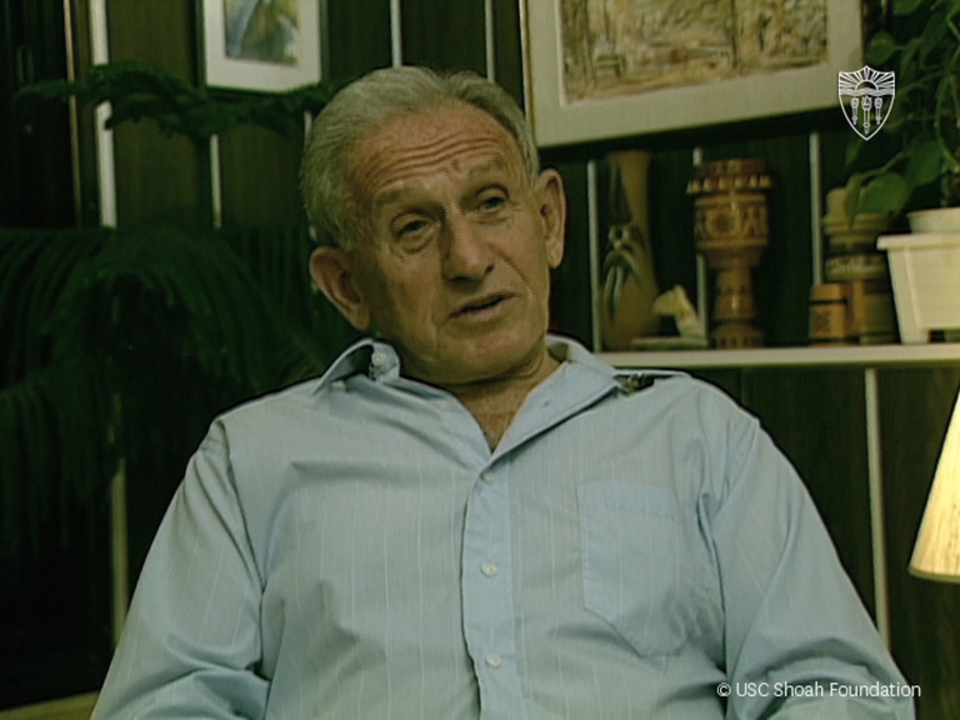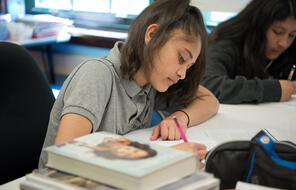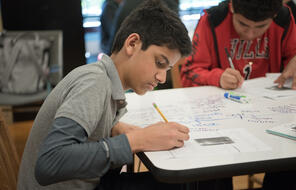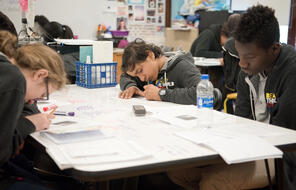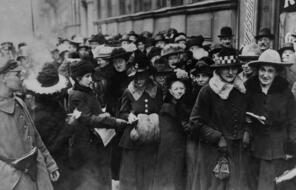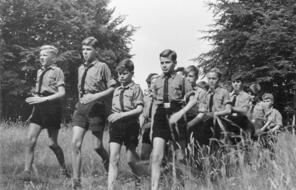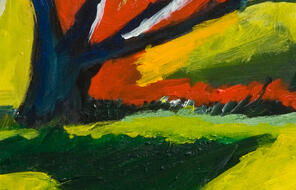1941 will be remembered by many, especially by myself, as one of the most horrendous and horrible years in my life. That was the time when the German army came to Czernowitz, occupied Czernowitz and the rest of Bukovina. Within a matter of hours, we became non-entities. Within the next 24 hours, the chief rabbi Dr. Marks, the cantor, the choir leader, who was a great musician with whom I sang in temple, and many other important people from the community, the president of the community, 10 were taken and summarily shot.
That was the first terrible shock that we experienced. Of course, we knew what Hitler was saying. Of course, we knew it's not going to be a honey cake to be under his regime. But we didn't know that he is actually out to kill us.
There was a poster, posters all over the city that by 2 o'clock in the afternoon, any Jew that will be found outside a delineated area for the ghetto will be shot. So all we could do-- I mean, I said before, we were not rich people. But we had a nice apartment. We had furniture. We had furnishings. We had clothing. We had everything that a Jewish home had. It wasn't our own house, but it was a house, OK?
All we could take with us is what you could carry. And what could you carry? A few pieces of underwear, a few shirts, a [INAUDIBLE] coat perhaps, and that's it.
And so within a matter of hours, we were out of everything we ever possessed. And on our way, dragging the few possessions that I as a youngster could carry, my mother was now in no position to carry anything. She was not a very healthy person physically.
And we went to the ghetto. The street in the ghetto where I was was not a paved street. And when it started to rain in the good old days, you were walking in the mud.
Of course, there were little parts between houses that could go zigzag, but when you started to march groups of thousands of people, you just walked, or you died. And I remember, as clearly as I can seeing a lady who fell in the mud. She couldn't do it anymore, and she died there. I remember seeing it.
Now that brought home a message of despair already, you know? If we're really going to be resettled, why are they so terrible against us? Why are they doing the things that they are doing?
There were shots in the air by the police. They might have shot somebody. I was not witness, at that point. But I have-- when I saw this lady falling into a puddle in the mud, and before my eyes, dying there, that was a terrible thing, a terrible thing to behold.
